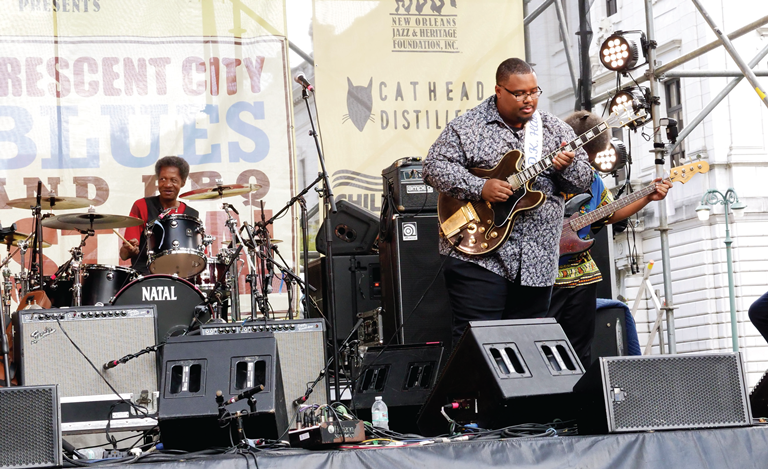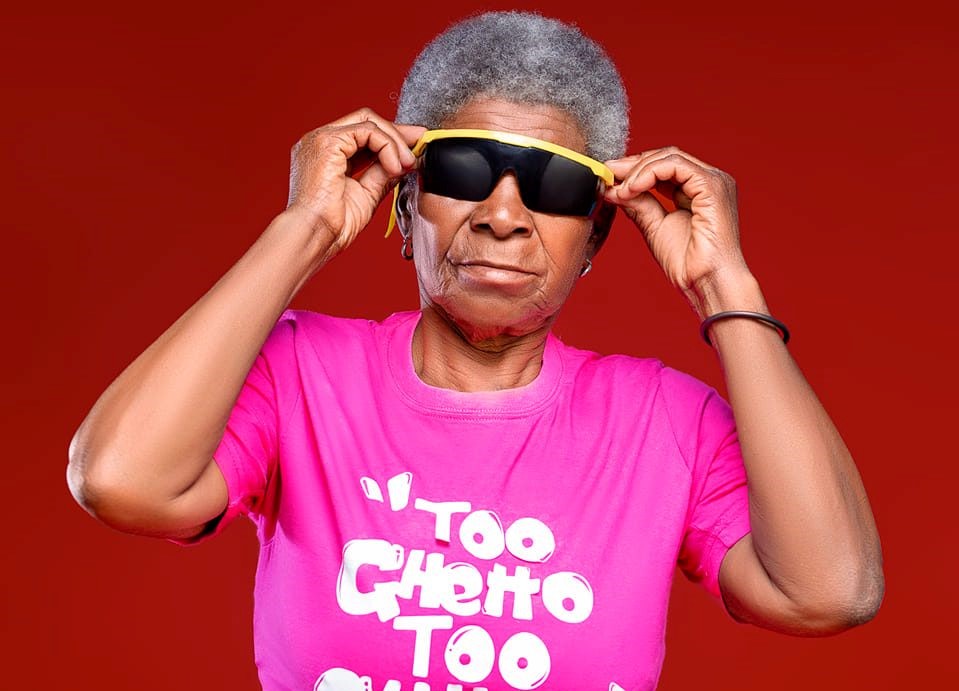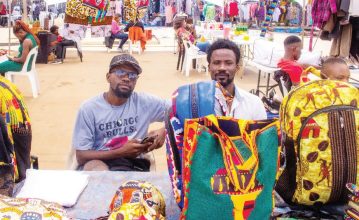Jazz, blues in New Orleans
The arriving passengers at Louis Armstrong International Airport were welcomed by a lively jazz performance by a brass band right within the airport terminal soon after baggage collection point.
The band, whose members were dressed in black trousers and white shirts complete with neckties and Swiss fisherman’s caps, were performing on a specially erected wooden stage which suggested that it was an arranged performance.

It was a very well organised event as part of a regular tradition at the airport. Perhaps this is better explained in the name of the airport which took after a jazz legend, Louis Armstrong whose home was, as it were, New Orleans.
Their performance was so captivating that the arrivals had no choice, but to join in the dance.
Two ladies, Tereisia Muikamba from Kenya and Krystal Hoyte from Barbados, could not resist the jazz rhythm and took to the dance floor, showcasing their dancing skills, brief as it were.
These two were part of a group of photojournalists on a tour of New Orleans, Louisiana.
The whole group comprised 70 photojournalists from 50 countries across the world. After spending time in Washington DC, they were divided into groups and spread to different parts of the city such as Portland, Santa Fe, New Mexico and New Orleans. The New Orleans team had more of the jazz episodes coming on their platter.
On the night they arrived, Greg Burnside, one of their liaison officers and colleague Cynthia Wilson, took the visitors to French Quarter, a lively section of the city where they experienced a bit of night life.
The French Quarter, also known as the Vieux Carré, is the oldest neighbourhood in the city of New Orleans. After New Orleans was founded in 1718 by Jean-Baptiste Le Moyne de Bienville, the city developed around the Vieux Carré, a central square.
The district is more commonly called the French Quarter today, or simply “The Quarter,” related to changes in the city with American immigration after the 1803 Louisiana Purchase.
It was in this section of the city where they encountered a duo, a guitar and a lady vocalist playing a song whose distinct lyrics were ‘welcome to New Orleans’.
Her voice, projected through the street, mixed with other voices in nearby blocks, forming a noise of no particular pattern. The group stood on one side of the road fixated and galvanized by the timely welcome from the clearly talented duo.
As the visiting group was still watching the spectacle, a biker boomed by with noise so loud it could wake up the dead, jolting them into reality that this was after all, a street performance.
Just as the group was recovering from the noise of the biker, another group of jubilating New Orleans residents faced them. There was a brass band immaculately dressed with police sweeper in front.
The band played jazz with their brass instruments forcing people to dance like their lives depended on it.
In shop doorways, restaurants, bars jazz was the order of the day. New Orleans has a thing with Jazz and blues music. Digging deeper it was learned that the city is actually home to many world class jazz artists of all times such as Louis Armstrong of What a Wonderful World fame, Allen Tousant, Trombone Shorty, Kermit Ruffins and The Meters.
The tradition did not only apply in the night life but during the day time as well. When the group was treated to a steam engine boat cruise on Mississippi River. They were treated to a jazz by the Duke Heitger and the Steam Boat Stompers who did a two-hour performance afloat the Mississippi River. The stompers performed only jazz and blues pieces either by themselves or other renowned artists from the city’s history.
Director of the New Orleans Jazz Musium, Greg Lambousy, said the music in New Orleans, especially jazz, is sometimes used to get the attention of people towards something. This can be used in a sort of advertisement or sensitisation.
He said, “On the part of the performances in the park they can be organised by government authorities or may be someone can organize that just to get the attention of people, let us say to have people by something, including food.”
Lambousy also said that artists, including those who play on the streets, make a living out of their music by making just enough to keep them going, saying,
Lambousy said: “Not that they make a lot of money but just say something they can live on and that is passed on from generation to generation.”





